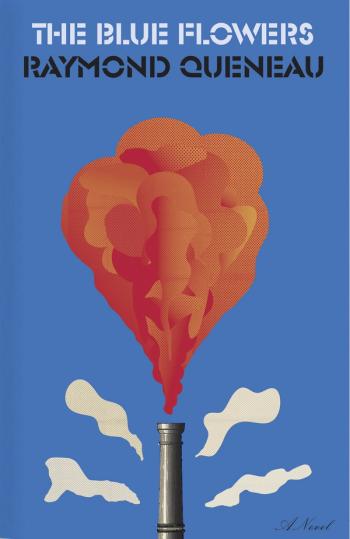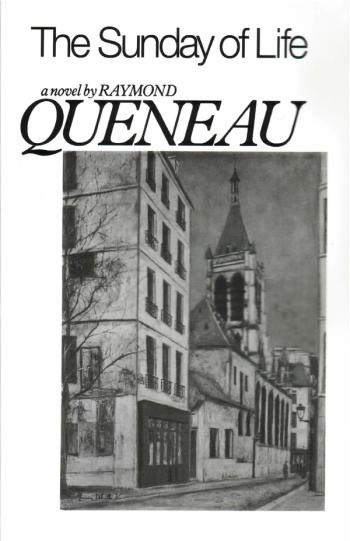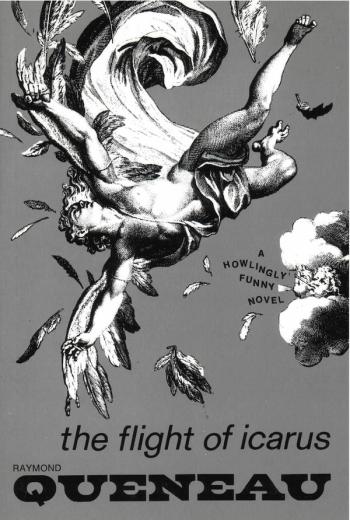Here is a book that is elegant, good-humored, innocent, perverse, poetic, funny, extravagant, preposterous, limpid, insouciant, and philosophic. It has led readers to invoke comparisons to Hans Christian Andersen, Lewis Carroll, Cocteau, La Fontaine, Ronald Firbank, Giraudoux, Julien Gracq, E.T.A. Hoffmann, Laurence Sterne, Voltaire. In 1974, when it was published in France, it won for its twenty-five-year-old author wide critical acclaim and the first Prix de l’Insolite. In sum, a one-of-a-kind delight. In an imagined Lithuania––a country less melancholy, less menacing than Transylvania––where if it is not raining, it is probably snowing, a very odd family resides in a Neo-Gothic chateau surrounded by an overgrowth of trees, vines, and general miasmic verdure. We meet grandfather Emeric, who spends his time collecting one thing or another; Grandmother Casimira, who reads and embroiders; family retainer Baba Sonine, who has something surprising under her multifarious petticoats; the damsel Kinga, prone to migraines, and her adolescent, myopic (everyone in this Lithuania is myopic) brother, our narrator Max-Ulrich. Nothing much happens in their lives. They take things as they come and are always cheerful… Then appears the cat Dæmon! Gentle reader, not a demon but a manifestation of the spirit the ancients supposed presided over the actions of mankind and watched over their most secret intentions. Incongruous and astonishing events ensue as the Great She-Cat grows ever larger on her diet of vegetables and Continental desserts––a diet possibly supplemented during her solitary twilight strolls––children are said to have occasionally disappeared…





